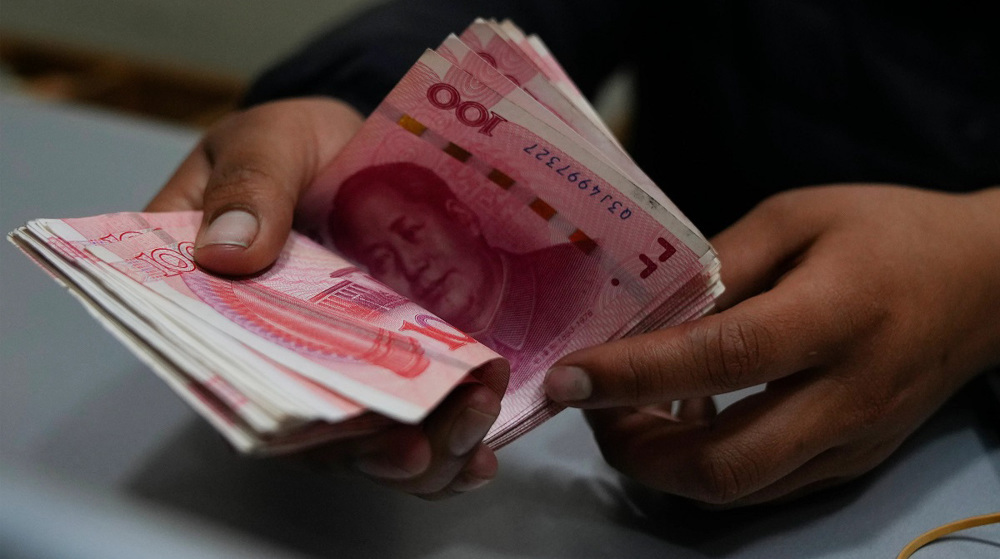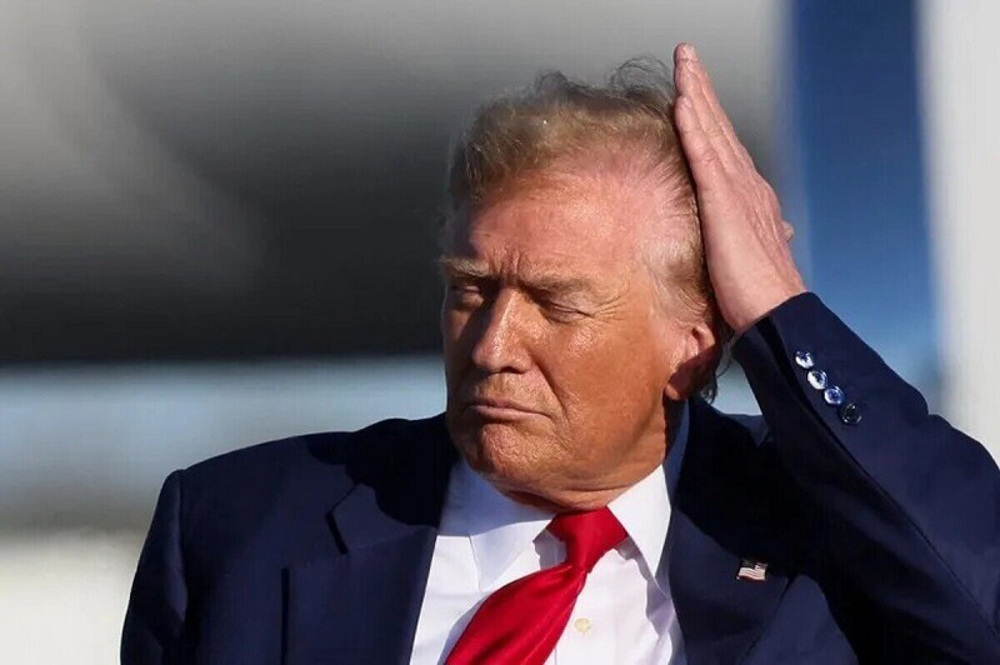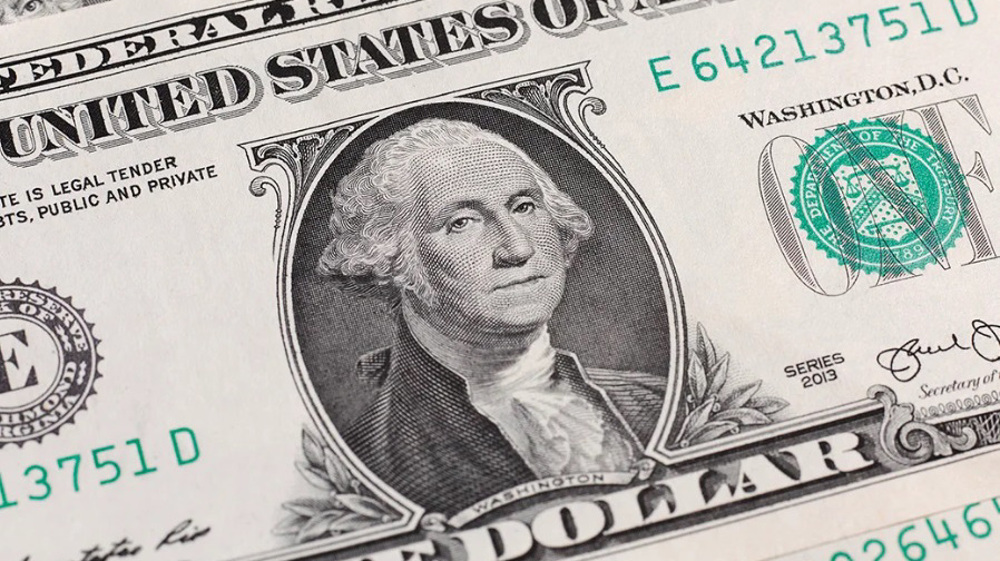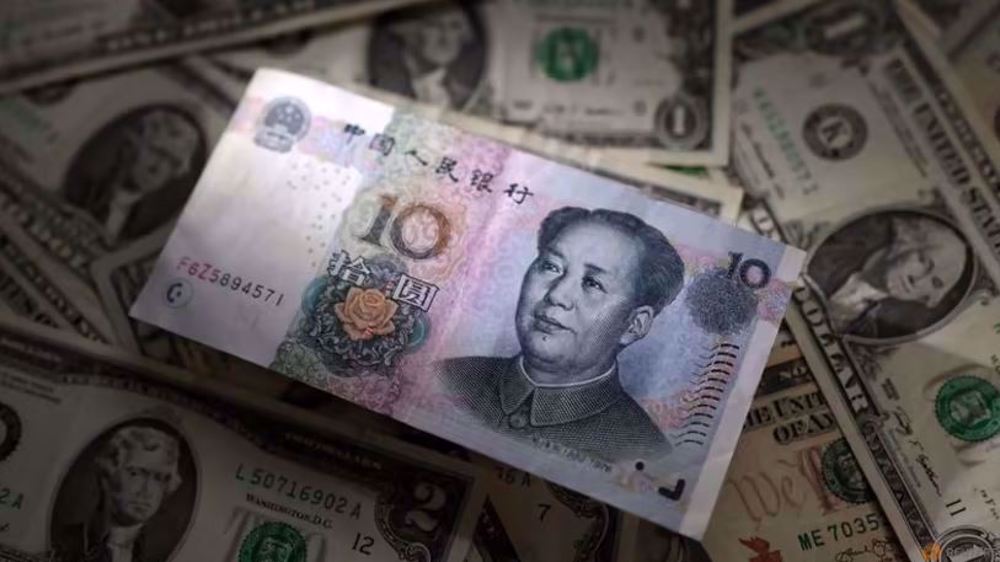Bolivia replaces US dollar with Chinese yuan in foreign trade
Bolivia has started using the yuan, the currency of China, for its international payments for the import and export of goods, joining Brazil and Argentina in a small but growing challenge to use the Chinese currency against the hegemony of the US dollar.
Marcelo Montenegro, Minister of Economy of Bolivia, announced on Thursday that his country's financial operations relying on the Chinese yuan during the months of May to July this year amounted to 278 million yuan ($38.7 million), which is 10% of the country's foreign trade during that period.
“We’re already using the yuan. It’s a reality and a good start,” Montenegro said during a news conference. “Banana, zinc, and wood manufacturing exporters are conducting transactions in yuan, as well as importers of vehicles and capital goods.” These electronic transactions are carried out through the state-owned Banco Unión.
He added that although the amount of yuan used is still relatively small, it will increase over time.
Yuan use is growing in the Latin American and Caribbean region, especially among countries seeking to build a stronger relationship with China, according to Margaret Myers, director of the Asia and Latin America program at the Inter-American Dialogue, a think tank based in Washington, DC.
Benjamin Gedan, director of the Latin America program at the Washington-based Wilson Center, also said: “There is a lot of anxiety in Washington about threats to the special role of the dollar in regions like Latin America.”
“China’s new role as a lender of last resort in Argentina, and the use of the yuan for international trade by Bolivia, are a sign of the times,” he added.
Earlier this year, Argentina's government unveiled a plan to use the yuan to pay for imports from China as a way to shore up its dwindling foreign exchange reserves and even hinted that it might default on its debt to the International Monetary Fund using Chinese Yuan.
In Brazil, at the end of 2022, the yuan surpassed the Euro as the second most important currency in foreign reserves. At that time, 5.37% of the assets of the central bank of the country were in Chinese currency and 4.74% were in Euro.
Now in Bolivia, after months of severe shortage of dollars, the use of yuan begins.
The sweeping US sanctions on Russia in the wake of the Russia Ukraine war sent a warning to the rest of the world about the risks of the US using the dollar as a tool for geopolitical gain.
Several countries are looking to move away from their dollar dependence and China is promoting the Yuan as an alternative.
China has become a major rival for the United States, a rivalry that is increasing on many levels.
Last Month, Pakistan paid for its first shipment of crude oil from Russia in the Chinese Yuan.
In February, the Central Bank of Iraq, a major oil supplier, announced that it would allow trade with China to be settled in the Yuan for the first time.
Members of the China dominated Shanghai Cooperation Organization, the SCO, agreed to increase trade in their local currencies.
Brazil is also leading the call to move away from the dollar. When Brazil's President, Lula da Silva, visited China earlier this year, he blasted the monstrous role of the US dollar in the global economy.
The two nations have forged a recent part to replace the dollar with their own currencies in their trade deals.
Last year, Saudi Arabia and China announced that officials are in talks to price some of the nation's oil sales in the Yuan rather than the dollar.
Any move to conduct all transactions with China in the yuan will mark a profound shift in the energy market.
The BRICS nations, comprising Brazil, Russia, India, China, and, South Africa, are also poised to achieve a level of self sufficiency in international trade by developing their own currency and ditching the US dollar.
Magnetic revolution: Iran’s nano-solutions driving cleaner and greener oil industry
Deadly clashes erupt in Syria’s Aleppo as US-backed SDF forces defy HTS rule
FM Araghchi: Iran’s internal affairs solely matter of its people
Iran army chief: Enemy threats will not go unanswered
Iran: Israeli FM’s visit to Somaliland a ‘dangerous precedent’
Rome protests Maduro abduction by US
Leader of Yemen’s separatists flees ahead of talks in Saudi Arabia
Venezuela to deliver 30-50 million barrels of oil to US: Trump


















 This makes it easy to access the Press TV website
This makes it easy to access the Press TV website